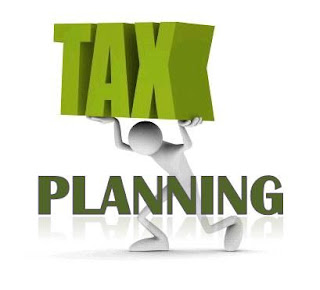Tax planning: Steps and strategies
Tax planning is widely known to be the manner of forecasting one’s tax liability and creating ways and methods to reduce it. This involves analyzing one’s financial situation from a tax perspective, with the goal of tax efficiency. Here are some steps for businesses to perform this crucial exercise in financial planning.
 |
| Image source: Pinterest.com |
Start early: The tendency for most people is to do taxes in March or April when the deadline for settling tax returns is already looming near. Start earlier to have more time to estimate one’s investment gains and losses, as well as income.
Calculate tax liability: Know these liabilities and work toward them. This need not be a difficult thing to do if one has a relatively fixed income and salaried employees. Engage the services of a tax expert if you find yourself in the dark when it comes to computations.
Profile risk level: Here, find a good level of investment risk that one’s current financial status and other personal circumstances permit. In coming up with a risk profile, one needs to consider risk required (risk linked to the desired return), risk capacity (level of risk one can afford to take), and risk tolerance (or risk that one’s comfortable with).
Choose the right investment avenues: Do not blindly invest to save tax. Instead, thorough check how different investment channels fit into the overall strategy, and how they match personal risk appetite.
 |
| Image source: Pixabay.com |
Barry Bulakites is the co-founder, president, and chief distribution officer of Table Bay Financial Network and is a recognized innovator and speaker in the field of financial services. For similar reads, click here.



Comments
Post a Comment